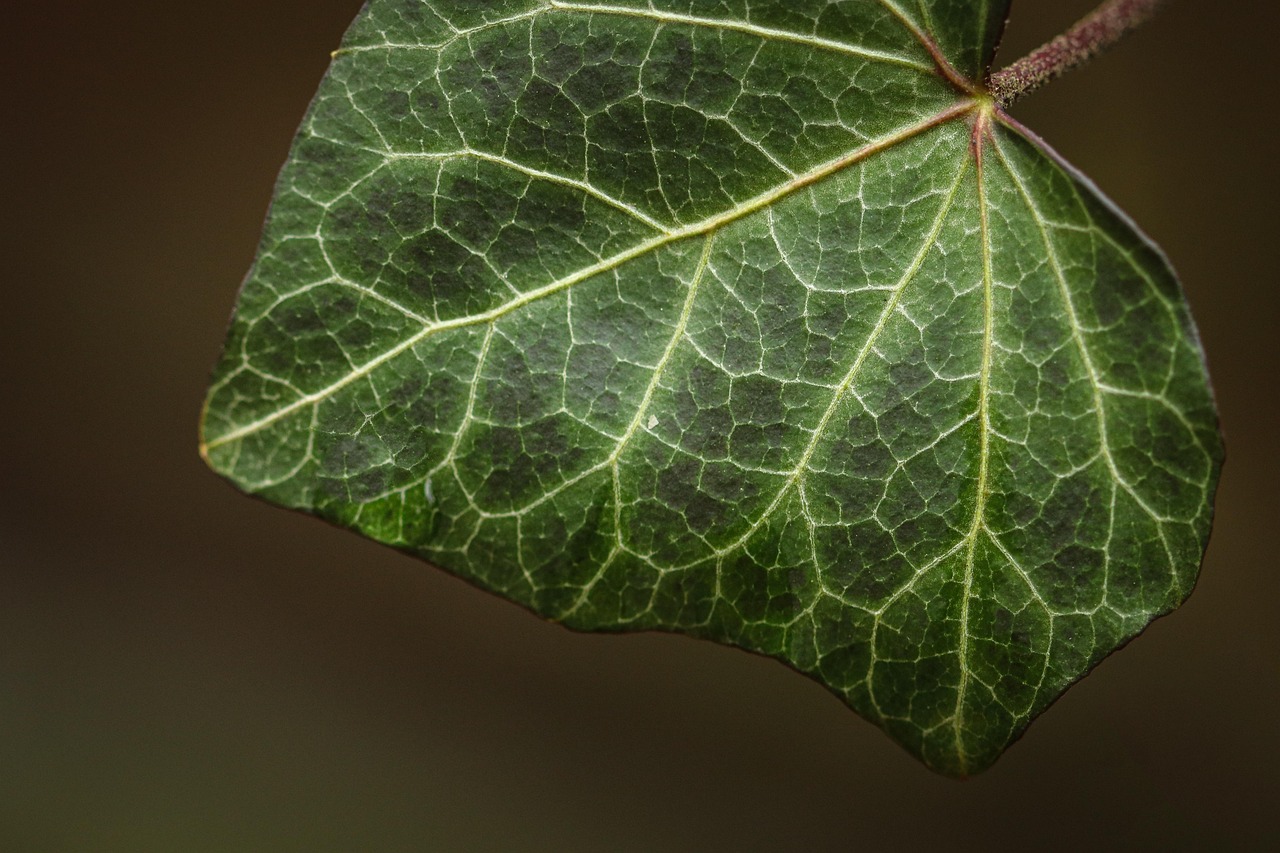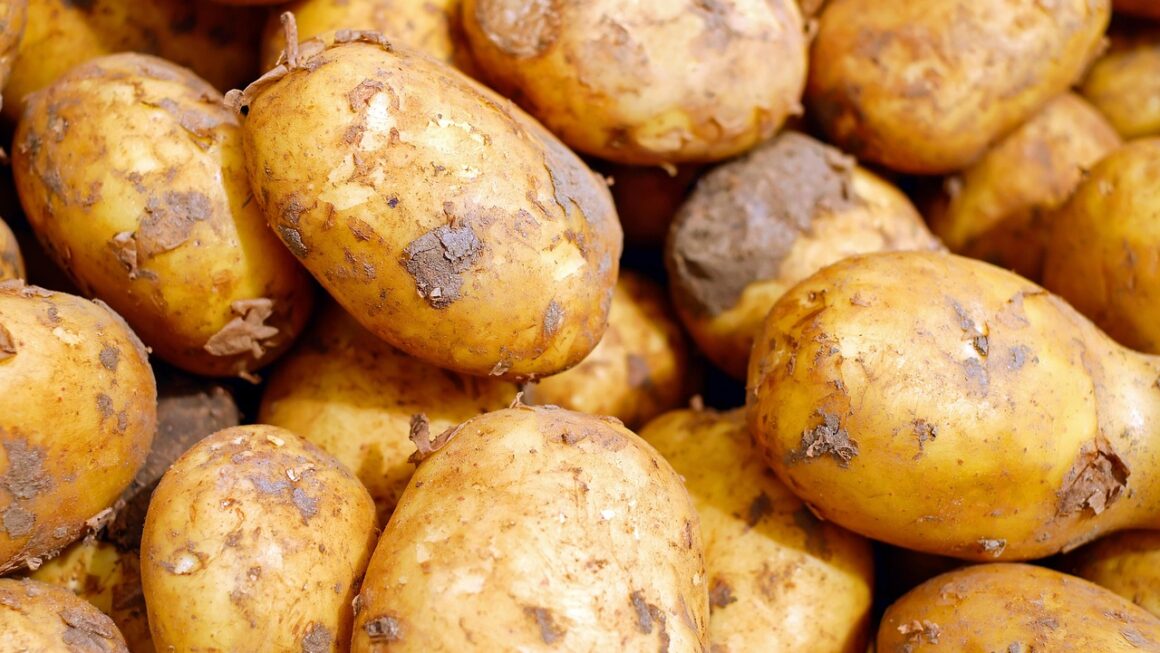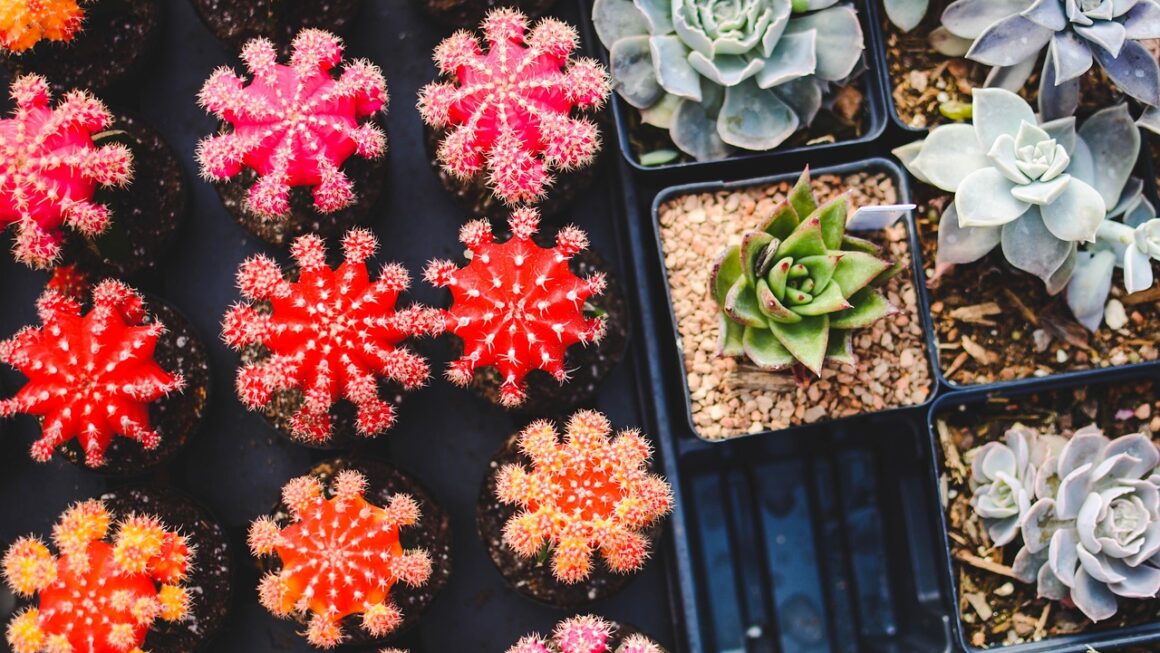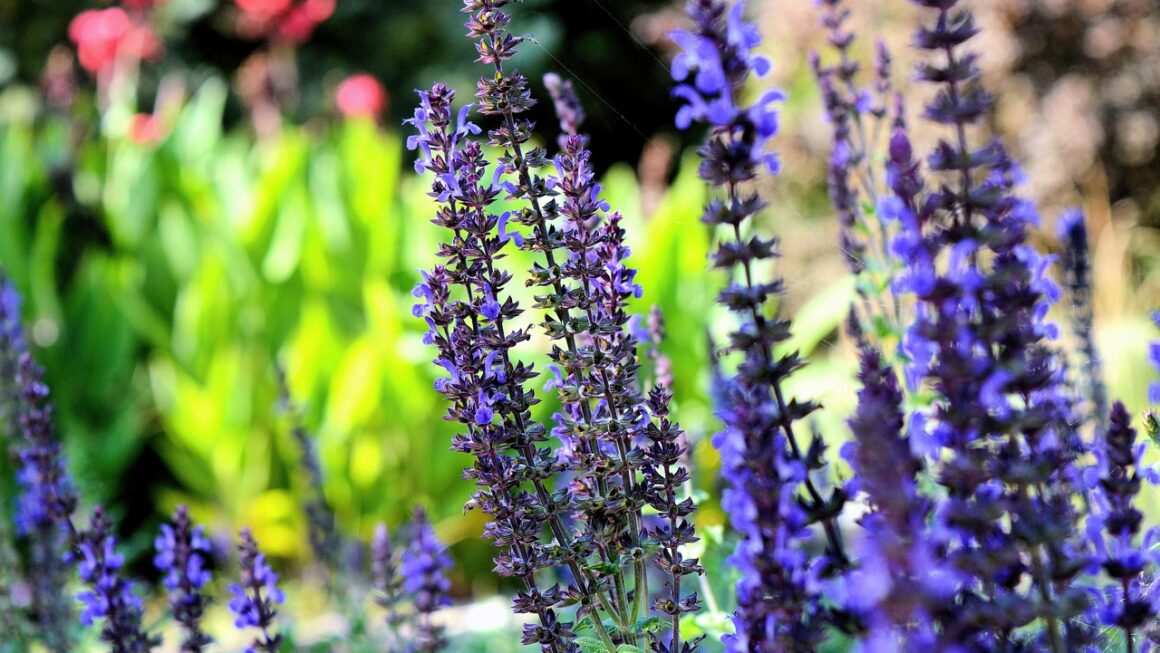Composting, the natural process of recycling organic matter, is more than just a sustainable trend; it’s a powerful tool for enriching our soil, reducing waste, and contributing to a healthier planet. Whether you’re a seasoned gardener or just starting to explore eco-friendly practices, understanding the basics of composting can significantly benefit your garden and the environment. This comprehensive guide will walk you through the ins and outs of composting, providing you with the knowledge and practical tips to create your own nutrient-rich compost at home.
What is Composting and Why is it Important?
The Science Behind Composting
Composting is the decomposition of organic materials by microorganisms, such as bacteria and fungi, under controlled conditions. These microorganisms break down organic matter into a nutrient-rich substance called humus or compost. This process requires a balanced combination of carbon-rich “browns,” nitrogen-rich “greens,” water, and air. The end result is a dark, crumbly material that acts as a fantastic soil amendment.
Benefits of Composting
Composting offers a multitude of benefits, both for the environment and for your garden. Here are just a few:
- Reduces Landfill Waste: A significant portion of household waste is organic matter that can be composted. Composting diverts this waste from landfills, reducing methane emissions, a potent greenhouse gas. Studies show that approximately 20-30% of household waste is compostable.
- Enriches Soil: Compost improves soil structure, aeration, and water retention. It also adds essential nutrients that plants need to thrive, naturally.
- Reduces the Need for Chemical Fertilizers: By providing a natural source of nutrients, compost lessens the reliance on synthetic fertilizers, which can harm the environment.
- Suppresses Plant Diseases and Pests: Healthy soil, enriched with compost, helps plants build stronger natural defenses against diseases and pests.
- Conserves Water: Compost helps the soil retain moisture, reducing the need for frequent watering.
Types of Composting
There are several different methods of composting, each with its own advantages and disadvantages. Choosing the right method depends on your space, time commitment, and the amount of organic waste you generate.
- Backyard Composting: The most common method, involving a compost bin or pile in your backyard. This is ideal for processing yard waste and kitchen scraps.
- Vermicomposting (Worm Composting): Uses worms to break down organic matter. Excellent for small spaces and indoor composting.
- Bokashi Composting: An anaerobic (oxygen-free) fermentation process that uses inoculated bran to pickle food waste. This method can handle meat and dairy products.
- Sheet Composting (Lasagna Gardening): Involves layering organic materials directly onto your garden bed to decompose over time.
Setting Up Your Compost System
Choosing a Location
The location of your compost bin or pile is crucial for successful composting. Consider the following factors:
- Sunlight: Partial shade is ideal to prevent the compost from drying out too quickly.
- Accessibility: Choose a location that is easily accessible for adding materials and turning the compost.
- Water Source: Proximity to a water source is important for maintaining the right moisture level.
- Drainage: Ensure the area has good drainage to prevent waterlogging.
Building or Buying a Compost Bin
You can either build your own compost bin or purchase a ready-made one. Here are some options:
- DIY Compost Bin: You can build a simple bin using wood pallets, wire mesh, or even repurposed trash cans.
- Tumbler Composters: These rotating bins make turning the compost easier and faster.
- Multi-Bin Systems: Allow for different stages of composting to occur simultaneously, improving efficiency.
The Right Mix: Browns and Greens
Achieving the right balance of “browns” (carbon-rich materials) and “greens” (nitrogen-rich materials) is essential for successful composting. A good rule of thumb is to aim for a ratio of approximately 2:1 to 3:1 browns to greens.
- Browns: These provide carbon and promote aeration. Examples include:
Dried leaves
Shredded paper and cardboard
Straw
Wood chips
Sawdust (in small quantities)
- Greens: These provide nitrogen and moisture. Examples include:
Grass clippings
Fruit and vegetable scraps
Coffee grounds
Tea bags
Manure (from herbivores like cows, horses, or chickens)
The Composting Process: How It Works
Layering Materials
Start your compost pile with a layer of browns, followed by a layer of greens, and then alternate layers. This layering method helps to distribute the materials evenly and promote good airflow.
- Example: Begin with a 4-6 inch layer of dried leaves, followed by a 2-3 inch layer of grass clippings, and then a thin layer of kitchen scraps.
Maintaining Moisture Levels
The compost pile should be moist, but not soggy. Aim for the consistency of a wrung-out sponge. Add water as needed, especially during dry periods.
- Tip: If the compost is too dry, it will decompose slowly. If it’s too wet, it will become anaerobic and start to smell.
Turning the Compost
Turning the compost pile regularly helps to aerate the materials and speed up the decomposition process. Aim to turn the compost every 1-2 weeks.
- Tip: Use a pitchfork or shovel to turn the compost, mixing the materials from the outer edges to the center.
Monitoring Temperature
A healthy compost pile will heat up as the microorganisms break down the organic matter. The ideal temperature range for composting is between 130-160°F (54-71°C). Use a compost thermometer to monitor the temperature.
- Hot Composting: Reaching high temperatures helps to kill weed seeds and pathogens.
- Cold Composting: A slower process that doesn’t reach high temperatures, but still produces compost.
Troubleshooting Common Composting Problems
Unpleasant Odors
Bad smells are often a sign of an imbalance in the compost pile. Common causes include:
- Too much nitrogen: Add more browns to balance the ratio.
- Lack of oxygen: Turn the compost pile more frequently.
- Too much moisture: Add dry materials and improve drainage.
Slow Decomposition
If the compost is decomposing too slowly, consider these factors:
- Insufficient moisture: Add water to maintain the correct moisture level.
- Lack of nitrogen: Add more greens to the pile.
- Poor aeration: Turn the compost more frequently.
- Particle size: Chop up larger materials into smaller pieces.
Pests and Animals
To prevent pests and animals from being attracted to your compost pile:
- Bury food scraps: Cover food scraps with a layer of browns to reduce odors.
- Use a secure compost bin: Choose a bin with a lid to prevent animals from getting in.
- Avoid composting meat, dairy, and oily foods: These can attract pests and create unpleasant odors. Bokashi composting can handle these materials.
Using Your Finished Compost
Recognizing Finished Compost
Finished compost is dark brown, crumbly, and has a earthy smell. It should also be cool to the touch and have no recognizable food scraps or yard waste.
Applying Compost to Your Garden
Compost can be used in a variety of ways to improve your garden soil:
- Soil Amendment: Mix compost into your garden beds before planting to improve soil structure and fertility.
- Top Dressing: Spread a thin layer of compost around existing plants to provide nutrients and suppress weeds.
- Potting Mix: Mix compost with other ingredients like peat moss or coco coir to create a nutrient-rich potting mix for containers.
- Compost Tea: Steep compost in water to create a liquid fertilizer that can be sprayed on plants.
Conclusion
Composting is a simple yet powerful practice that offers numerous benefits for your garden and the environment. By understanding the basics of composting, setting up a system that works for you, and troubleshooting common problems, you can create your own nutrient-rich compost at home and contribute to a more sustainable future. So, get started today and experience the rewarding benefits of composting!




